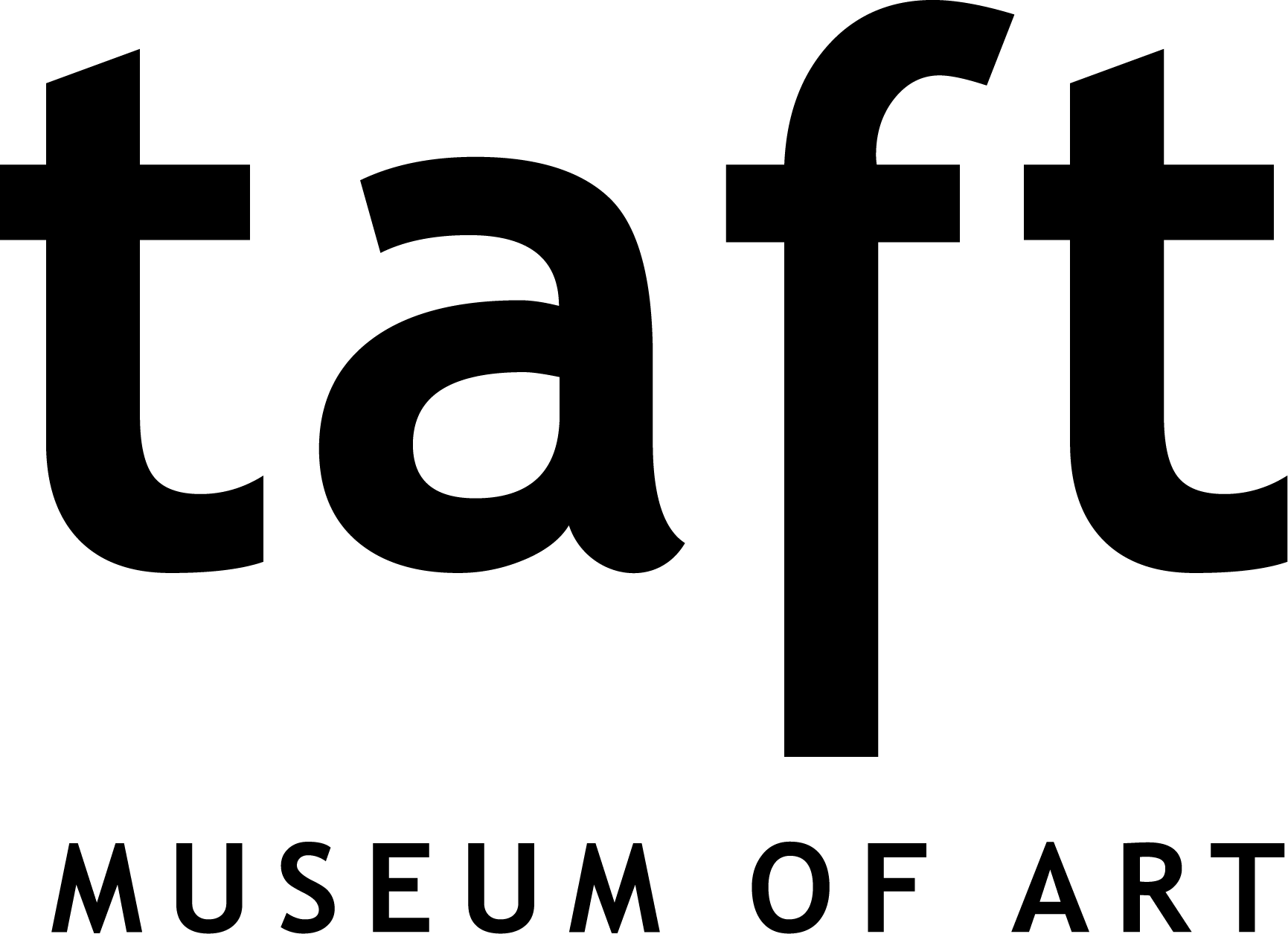About the Museum
There's Simply No Other Experience Like It
The Taft Museum of Art offers a unique, multi-sensory experience that immerses audiences in spaces to learn, create, and connect—within and beyond its walls. Visitors can enjoy the collection, exhibitions, events, and programming for all ages, a beautiful garden, the Museum Shop, the Taft Café—and so much more.
History and Collection
The museum’s collection galleries are located in the Baum-Longworth-Sinton-Taft historic house—downtown Cincinnati’s oldest wooden residence still in its original location. The mansion was home to generations of prominent Cincinnatians, including Martin Baum, Nicholas Longworth, David Sinton, Anna Sinton Taft, and Charles Phelps Taft.
The house was built around 1820 for businessman Martin Baum and purchased in 1830 by horticulturalist and art patron Nicholas Longworth. Longworth hired Robert S. Duncanson, who later became the first Black American artist to earn an international reputation, to paint eight large landscape murals in his entry hall. These are now recognized as the most important pre–Civil War domestic murals in the United States. In 1976, the Taft historic house and the Duncanson murals were designated as National Historic Landmarks.
After Longworth’s residency, David Sinton and his daughter, Anna, occupied the house. Anna married Charles Phelps Taft in 1873, and the couple lived in the house for over fifty years. When Anna inherited her father’s fortune in 1900, she and Charles began collecting art. In 1927, they bequeathed their house and collection of 530 works to the people of Cincinnati. The Taft Museum of Art opened in 1932.
The Taft collection, now numbering over 800 works of art, features Chinese porcelains, American furniture, and European decorative arts, including a remarkable collection of French Renaissance enamels and one of the most exceptional medieval ivory sculptures in the United States. The major holdings of European and American paintings include works by such leading artists as Thomas Gainsborough, Francisco Goya, Rembrandt van Rijn, John Singer Sargent, J. M. W. Turner, and James McNeill Whistler.
In 2004, the museum opened a renovated and expanded building with a new exhibition gallery, classroom, lecture hall, café, shop, and workspaces, and redecorated the house’s interiors to present different design eras: from the house’s construction in about 1820 through the last years of the Tafts’ residency in the 1920s. Today, the museum presents changing exhibitions in the Fifth Third and Sinton galleries as well as rotating installations in the collection galleries The museum completed the Bicentennial Infrastructure Project in 2022 to preserve the 200-year-old historic house—the Taft’s largest work of art.
More About the Museum
Mission
To provide meaningful experiences by connecting people with great art, both in a historic setting and in the community.
Vision Statement
The Taft Museum of Art is recognized as a nationally known leader for passionately engaging people with the arts as envisioned generations ago by our founders, Anna Sinton Taft and Charles Phelps Taft.
Community Outreach
The Taft Museum of Art remains committed to community engagement centered around unity, community, and belonging which is integral to achieving our vision and mission statements and upholding our organizational and leadership values.
Institutional Plan
The Taft Museum of Art is dedicated to being a leading arts hub, promoting belonging to the arts, putting visitors first, and securing the museum's future.
Public Financial Information
- SAS and Audits
- Form 990
Environmental Responsibility Statement
To achieve our sustainability goals, the museum has made efforts, across departments, to implement practices that reduce our carbon footprint and promote a culture of sustainability. These efforts range from a museum-wide recycling program to selecting vendors and partners who provide more environmentally friendly products to finding creative ways to reuse materials in support of museum operations.
In addition to general recycling efforts, the museum began participating in the Hefty ReNew program that allows for the recycling of items that are not accepted in general, single-stream recycling, such as food wrappers, foam packaging, and plastic utensils, as well as other items. Additionally, the museum’s participation extends to staff members personal recycling efforts as they can bring these hard to recycle items from their home to the museum for recycling. This has helped the museum extend its recycling impact and build a culture of recycling amongst staff.
Other initiatives including a grant-funded program to replace the lightbulbs in the museum with more sustainable LED bulbs, partnering with a new printer that is FSC certified (Forest Stewardship Council), and designing educational programs that utilize reused materials for artmaking. To ensure that these efforts are not singular instances, the museum has looked for ways to sustain green initiatives through larger efforts, such as fostering partnerships with organizations focused on sustainability for programming and curatorial projects, as well as smaller efforts, such as tracking printing across the museum and adjusting settings to minimize waste.
-
Accredited By
![]()
-
Smithsonian Affiliate
![]()
-
KultureCity ® Sensory Inclusive™ Certified Venue
![]()
-
Member of the International Coalition of Sites of Conscience
![]()
-
2024 Active Member, Gallery Climate Coalition
![]()
-
Candid Platinum Seal of Transparency
![]()
-
Ellequate Bronze Level Certified Employer
![]()
-
Recovery Friendly Hamilton County Partner
![]()









